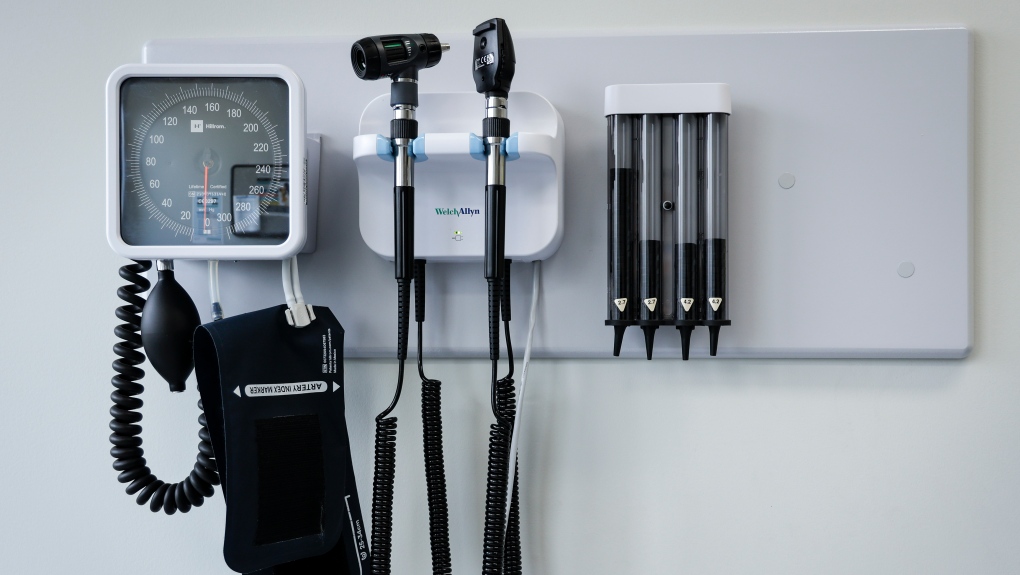The COVID-19 pandemic has created more than 87,000 tonnes of health-care waste. According to a new report from the World Health Organization (WHO), that’s straining waste management systems globally and jeopardizing human and environmental health.
“In the face of COVID-19, sustainable health care waste management is more important than ever to protect communities, health workers, and the planet and prevent pollution,” Ruth Stringer of the non-profit Health Care Without Harm said in a press release.
Published Tuesday, the WHO report says approximately 87,000 tonnes of personal protective equipment (PPE) were distributed worldwide through a joint-UN program between March 2020 and Nov. 2021. Representing 1.5 billion units of PPE and equivalent in weight to 261 Boeing 747 airliners, most of this ended up as trash.
“It is absolutely vital to provide health workers with the right PPE,” executive director of WHO’s Health Emergencies Programme Dr. Michael Ryan said in a press release. “But it is also vital to ensure that it can be used safely without impacting on the surrounding environment.”
The WHO also estimated that more than 140 million distributed test kits had the potential to create 2,600 tonnes of mostly plastic waste, plus 731,000 litres of chemical waste, which is enough to fill a third of an Olympic-sized pool.
With nearly 8 billion doses administered in early Dec. 2021, the WHO stated that global vaccination efforts would likely generate at least 143 tonnes of waste, including 87 tonnes of glass, 48 tonnes of syringes and needles and 8 tonnes of boxes.
The WHO’s estimates are all based on data from the UN COVID-19 Supply Portal, which provides PPE and other medical gear to countries in need.
According to the WHO, this only represents “a small fraction of global procurement” and “does not consider the substantially larger amounts of COVID-19 commodities that have been procured outside the UN system, nor COVID-19-related waste generated by the public, including use of medical masks.”
That means with our streets and streams littered with masks and gloves, the true volume of pandemic-related waste is in all probability much higher than the WHO’s conservative estimates.
The WHO says waste management systems need to adapt and improve to deal with this influx of trash, especially when it is believed one in three health-care facilities globally are not equipped to safely deal with potentially dangerous health-care waste.
“Poor waste management has the potential to affect health-care workers through needlestick injuries, burns and exposure to pathogenic microorganisms,” the report said. “It may also affect communities living in proximity to poorly managed landfills and waste disposal sites, through contaminated air, poor water quality or disease-carrying pests.”
The report also includes recommendations to combat pandemic-related waste, such as creating clear guidance for health-care workers on how to dispose of used PPE and other equipment, using eco-friendly packaging, shifting to reusable masks and gloves, investing in alternatives to incinerators, and supporting the recycling sector.
“COVID-19 has forced the world to reckon with the gaps and neglected aspects of the waste stream and how we produce, use and discard of our health-care resources, from cradle to grave,” said Dr. Maria Neira, the WHO’s director of Environment, Climate Change and Health. “Significant change at all levels, from the global to the hospital floor, in how we manage the health-care waste stream is a basic requirement of climate-smart health care systems.”







More Stories
Canadian man dies during Texas Ironman event. Her widow wants answers as to why | Globalnews.ca
Canadian health-care professionals urged to share climate disaster mitigation information | CBC News
‘Learn to walk again’: Sask. doctor tells story of miracle recovery from deadly heart condition